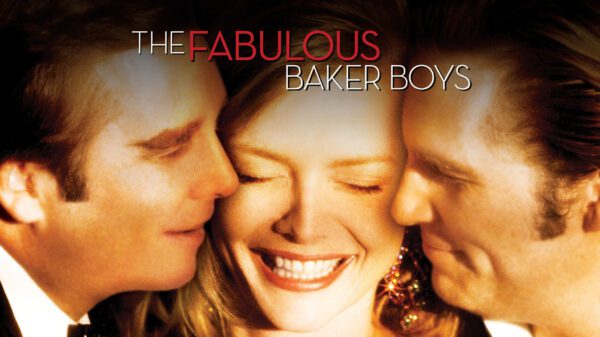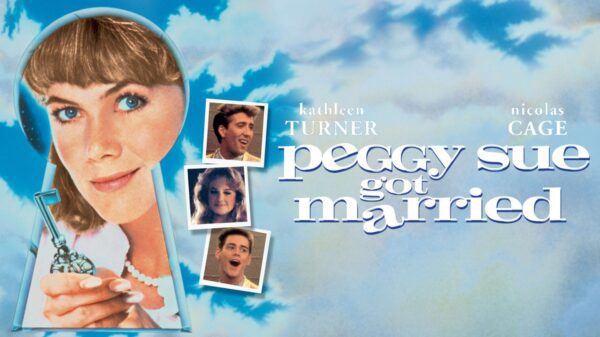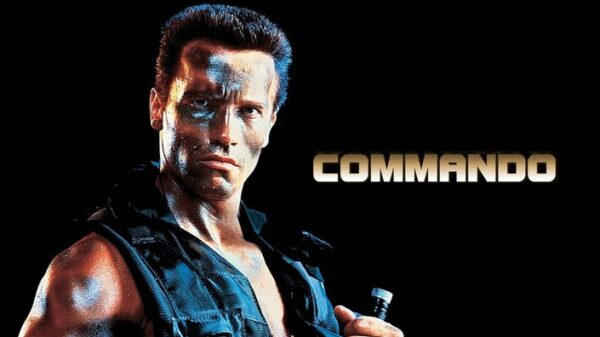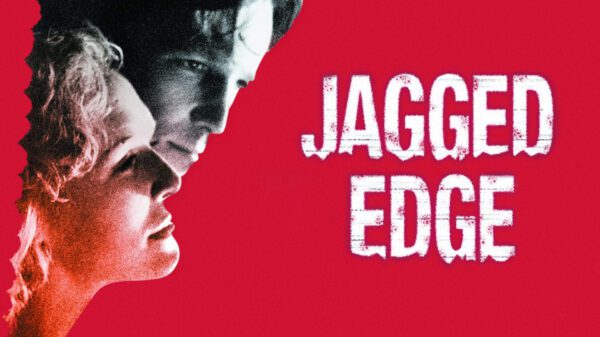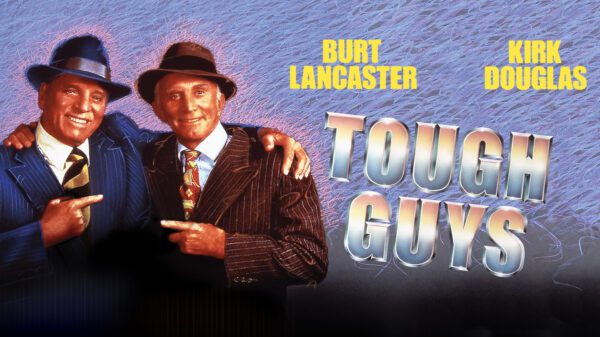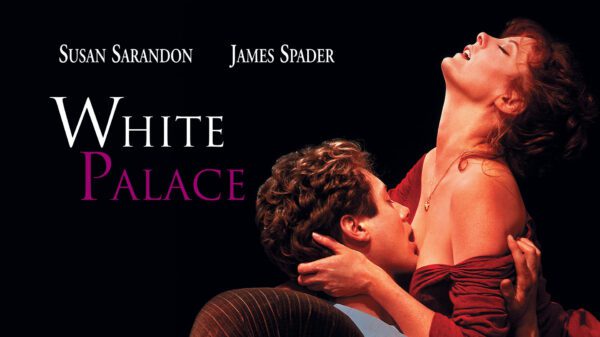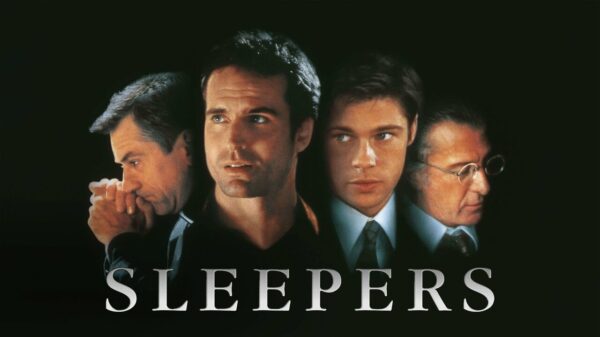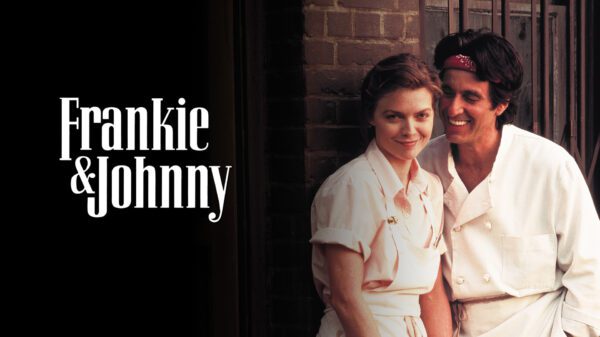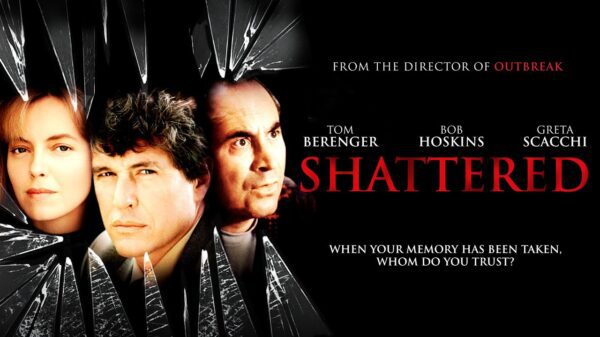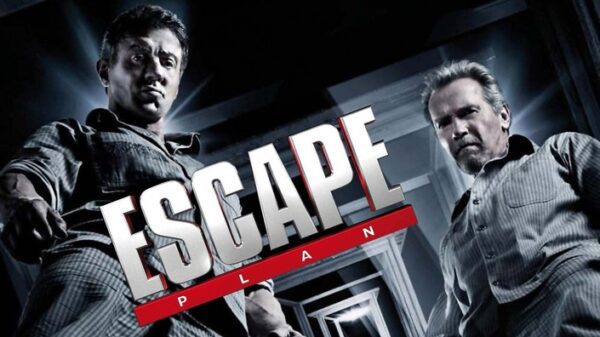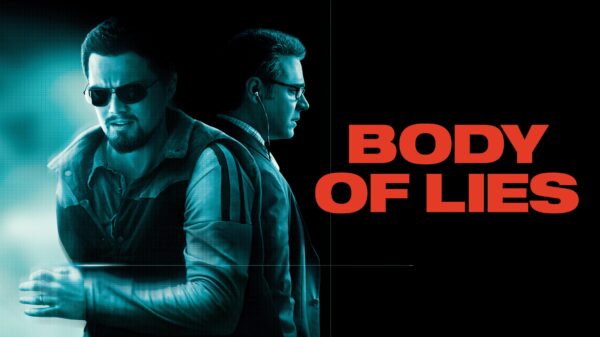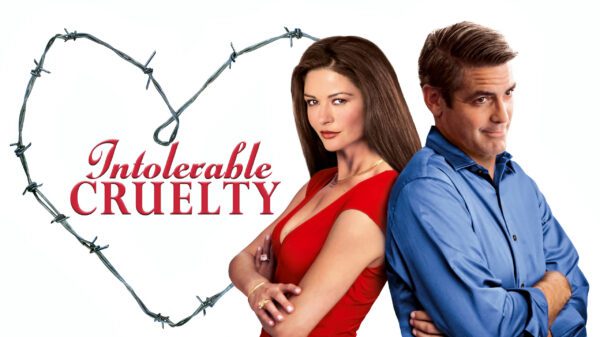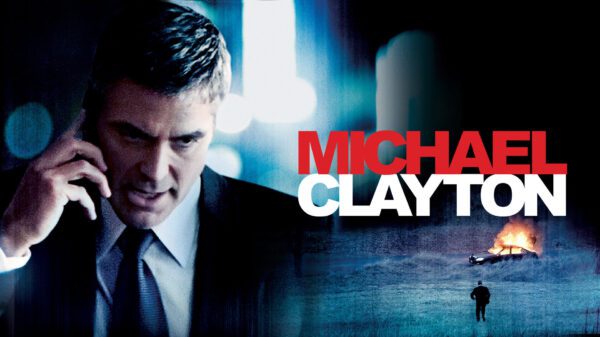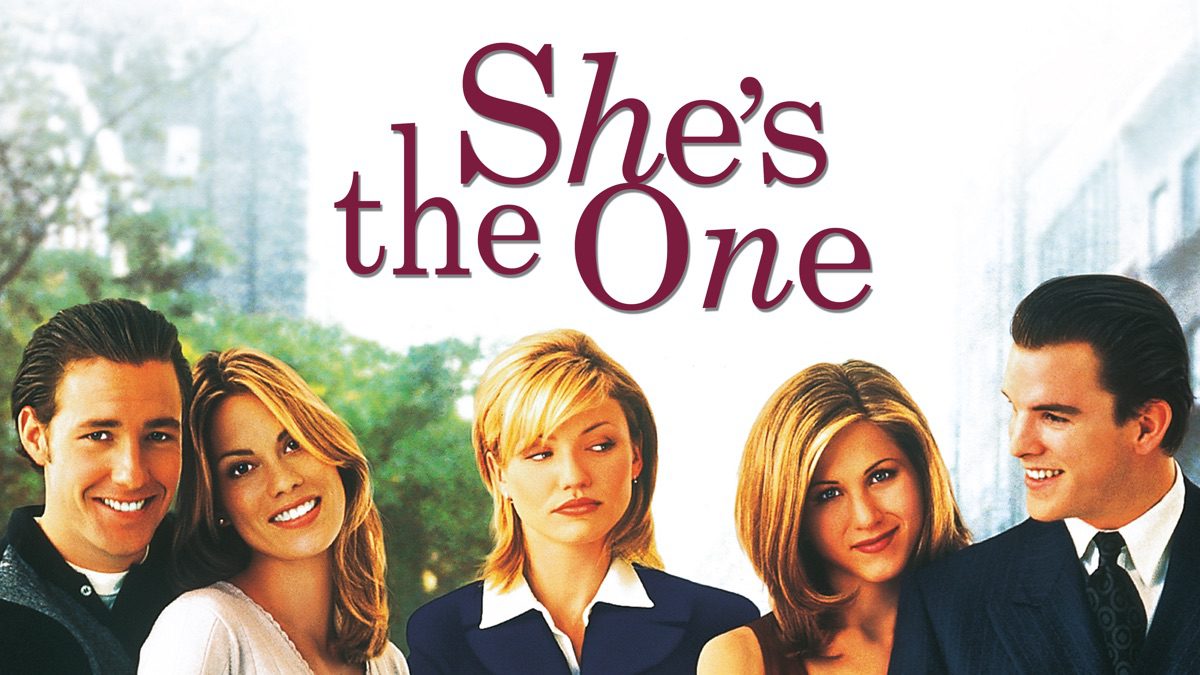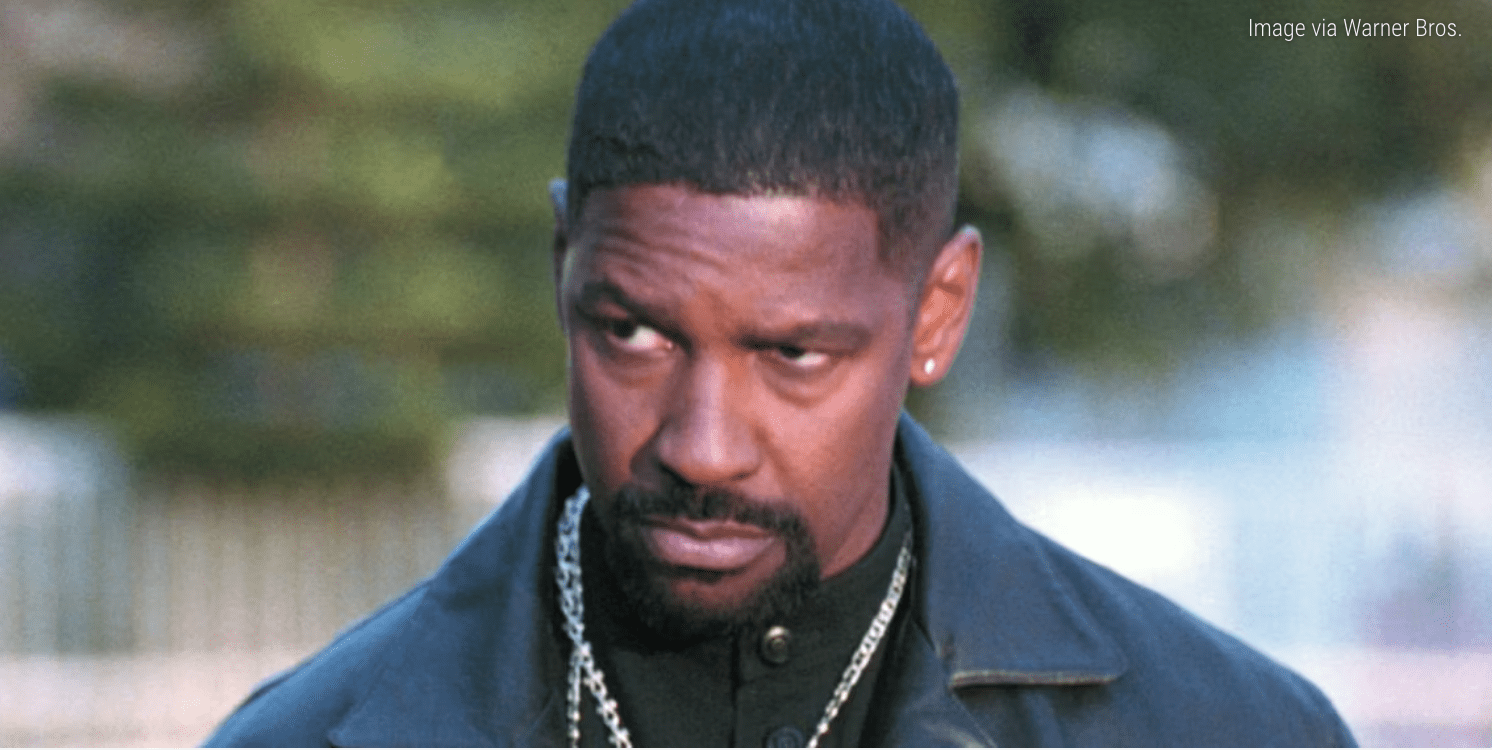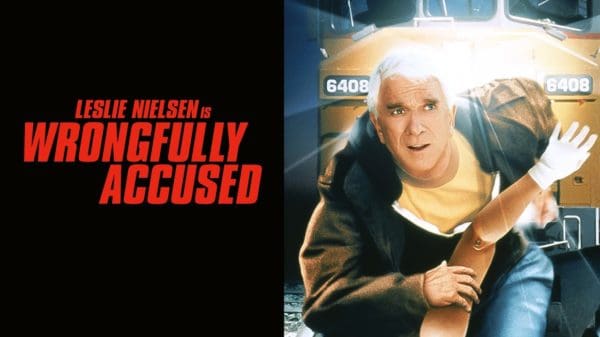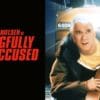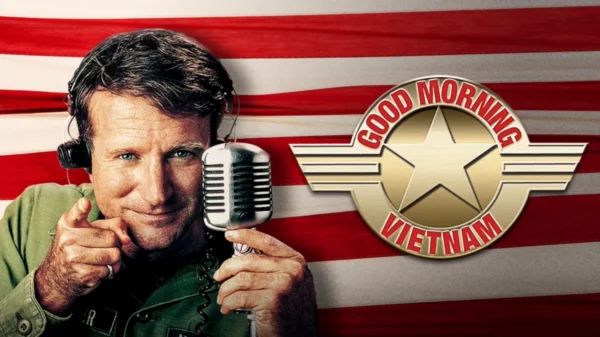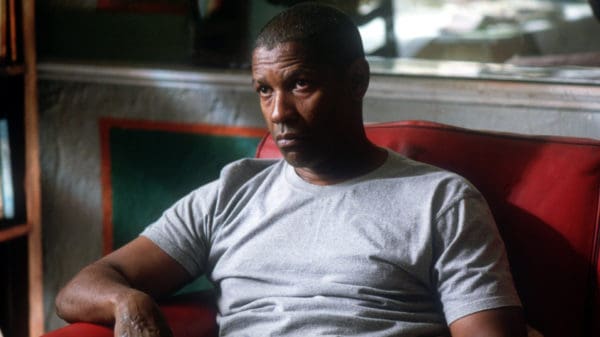She’s the One, released in theaters on August 23, 1996, stands out for its realistic, and often chaotic, portrayal of love and family. Written, directed, and starring Edward Burns, the film follows two Irish-American brothers from Long Island and their intertwined romantic entanglements.
Mickey Fitzpatrick (Burns) is a New York City cab driver who, after a messy breakup, impulsively marries the beautiful passenger (Maxine Bahns) who gets into his cab. His older brother, Francis (Mike McGlone), is a successful stockbroker whose seemingly perfect life with his wife, Renee (Jennifer Aniston), is secretly complicated by a passionate affair with his ex-girlfriend, Heather (Cameron Diaz).
The film’s plot is driven by the lies and emotional confusion that plague both brothers. Their father (John Mahoney) and other family members add to the comedic and dramatic chaos as they try to navigate the brothers’ questionable decisions.
The ensemble cast is a major strength, with standout performances from Aniston, who was a rising star at the time, and Diaz.
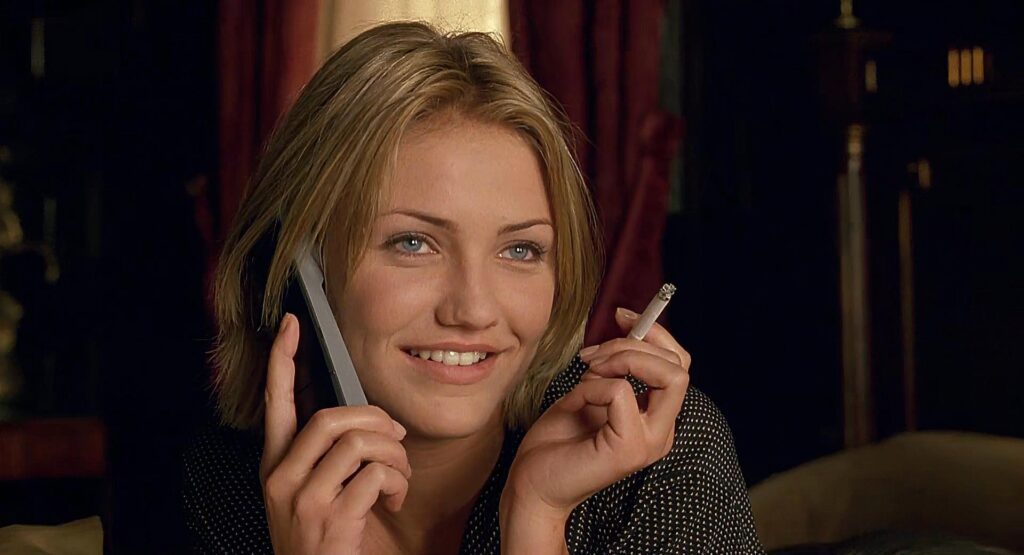
Cameron Diaz in She’s the One (Photo/20th Century Fox)
The film also features early appearances from Leslie Mann and Amanda Peet, adding to the bustling, lived-in feel of the world.
The witty, fast-paced dialogue and the authentic banter between the characters make the film feel less like a Hollywood romance and more like a window into a real family’s life.
Tom Petty and the Heartbreakers did the soundtrack for the film, Songs and Music from the Motion Picture “She’s the One” as the band’s ninth studio album.
Reception for She’s the One
She’s the One grossed $2.1 million on its opening weekend, finishing No. 11 at the box office.
The film grossed $9.5 million in its theatrical run.
Roger Ebert gave the film two out of four stars in his review.
Legacy
She’s the One was a modest financial success, but its legacy has grown over the years and is celebrated as a key film in Burns’ career, cementing his reputation as a filmmaker who specializes in intimate, character-driven stories with a strong sense of place.
The film’s enduring appeal comes from its grounded approach to romance; there are no grand gestures or fairy-tale endings. It explores the idea that love is often messy and complicated, and that sometimes the “right one” isn’t who you expect and is a testament to the power of strong dialogue and relatable characters, making it a beloved piece of 90s cinema for those who appreciate a less-than-perfect love story.

